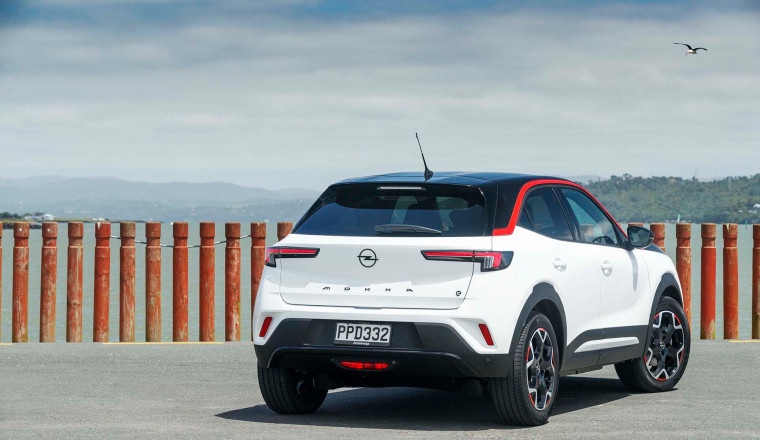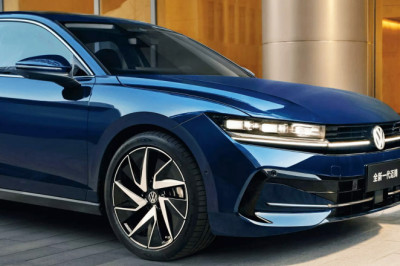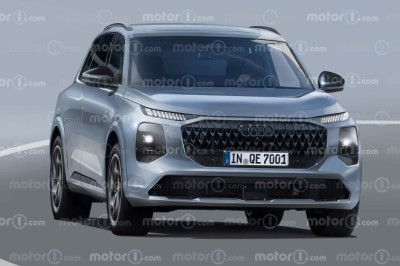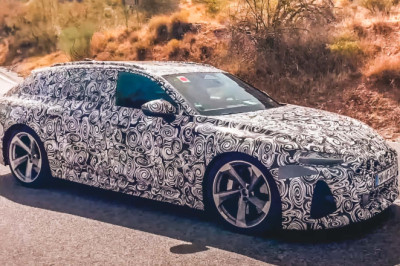
Financial Performance and Profitability
-
First Half 2025 Revenue: Contributed to Stellantis' total net revenues of €74.3 billion, down 13% YoY, reflecting volume and mix pressures as well as foreign exchange headwinds
-
Adjusted Operating Income (AOI): €0.5 billion for Stellantis overall, representing a 0.7% margin, impacted by lower volume/mix, higher incentives, and warranty costs in North America and Enlarged Europe, partially offset by lower raw material costs
-
Overall profitability affected by an estimated €1.5 billion tariff impact for 2025, with €0.3 billion incurred in H1 alone
-
Industrial free cash flow was negative at -€3.0 billion for Stellantis in H1, reflecting investment and operational cost pressures
-
Opel is advancing product transitions, including ramp-up of new electric and hybrid models under the Smart Car and STLA Medium platforms
Vehicle Sales and Production
-
Stellantis group shipments were 2.7 million vehicles in H1 2025, down 7%, influenced by Opel’s product transition and regional market conditions
-
Opel/Vauxhall continues production ramp-up of new models including gradually increasing BEV mix by approximately 2.5 percentage points YoY
-
Opel Grandland Electric AWD and Opel/Vauxhall Frontera are key models contributing to electrified vehicle offerings and volume growth
-
European market share saw a modest increase of 127 basis points in H1 2025 compared to H2 2024, supported by new product launches and enhanced customer offerings
Regional and Global Sales Performance
| Region | Highlights |
|---|---|
| Enlarged Europe | Market share growth to 17%; increased electric and hybrid vehicle sales; tariff impacts and pricing pressures persist |
| North America | Challenging Q1/ H1 due to fleet sales contraction and product transitions; signs of Ram brand turnaround evident |
| South America | Growth contributing positively, partially offsetting declines elsewhere |
| Other Regions | Ongoing product launches and market expansion efforts aimed at recovering volume and profitability |
Profitability and Cost Factors
-
Declines in volume and mix were primary factors in profitability drop, alongside increased sales incentives and warranty costs
-
Raw material cost reductions provided some margin relief
-
Ongoing investments in R&D and product launches focusing on electrification and operational efficiency
-
Quality improvements and customer experience enhancements remain key priorities
Debt and Liquidity
-
Opel benefits from Stellantis’ overall strong liquidity position with €47.2 billion available as of June 30, 2025
-
Capital expenditure and R&D investment continue, focused on next-generation platforms and electrified vehicles
-
Inventory levels slightly up by 1% versus previous year-end, reflecting cautious supply management in transition
Best Selling Models: Overview and Highlights
| Model | Highlights |
|---|---|
| Opel Grandland Electric AWD | Key electric SUV driving electrification progress |
| Opel/Vauxhall Frontera | Strong presence in light commercial vehicle segment |
| New Smart Car Platform Products | Focus of recent launches supporting market recovery and product transition |
Weakest Performers and Segment Challenges
-
Legacy product lines facing decline as transitions to new platforms and electrified models take time to stabilize volumes
-
Tariff impacts and competitive pricing pressures cause margin compression
-
Fleet sales contraction in North America restricts near-term growth
Key Financial and Operational Metrics
| Metric | H1 2025 Value / Trend | Notes |
|---|---|---|
| Stellantis Net Revenues (incl. Opel) | €74.3 billion | Down 13% YoY due to volume/mix and FX |
| Adjusted Operating Income (AOI) | €0.5 billion (0.7% margin) | Impacted by tariff costs and pricing pressures |
| Stellantis Shipments | 2.7 million vehicles | Down 7% YoY due to product and market factors |
| Enlarged Europe Market Share | 17% | Increased 127 bps vs. H2 2024 |
| Industrial Free Cash Flow | -€3.0 billion | Negative, impacted by investments and costs |
Industry Outlook and Strategic Focus
-
Opel is prioritizing electrification with a focus on ramping-up new BEV and hybrid models, including Smart Car products and STLA platforms
-
Continued emphasis on quality improvement and customer experience to regain market competitiveness
-
Strategic cost management and tariff mitigation efforts in place to support profitability recovery
-
Expectation of sequential improvement in net revenues, operating income, and industrial free cash flow in the second half of 2025
Summary
Opel’s H1 2025 performance, as part of Stellantis, reflects ongoing pressures from tariff costs, product transitions, and competitive market environments, resulting in volume declines and margin challenges. However, new product launches with electrified offerings and improving order books set a foundation for recovery. The company’s focus on quality, electrification, and operational efficiencies, backed by Stellantis’ financial strength, positions Opel for improving performance and market share gains in the remainder of 2025.
Sources
-
Stellantis First Half 2025 Results Press Release
-
Stellantis H1 2025 Financial and Commercial Presentation
-
Industry analysis reports on Stellantis and Opel market performance 2025














